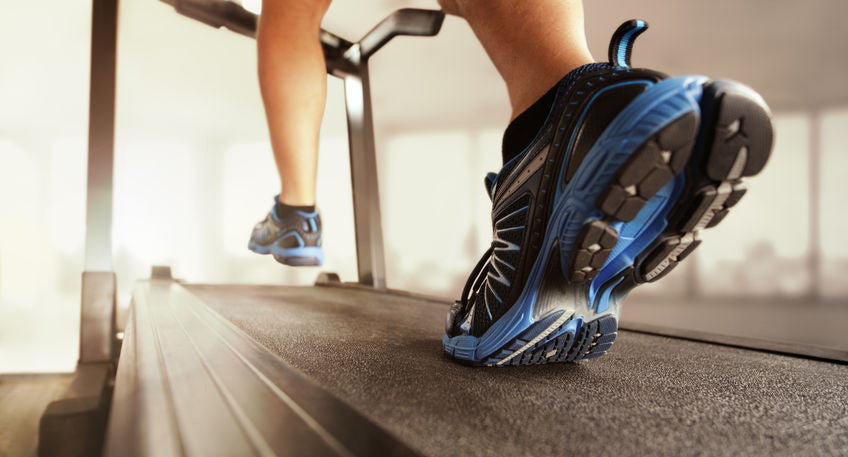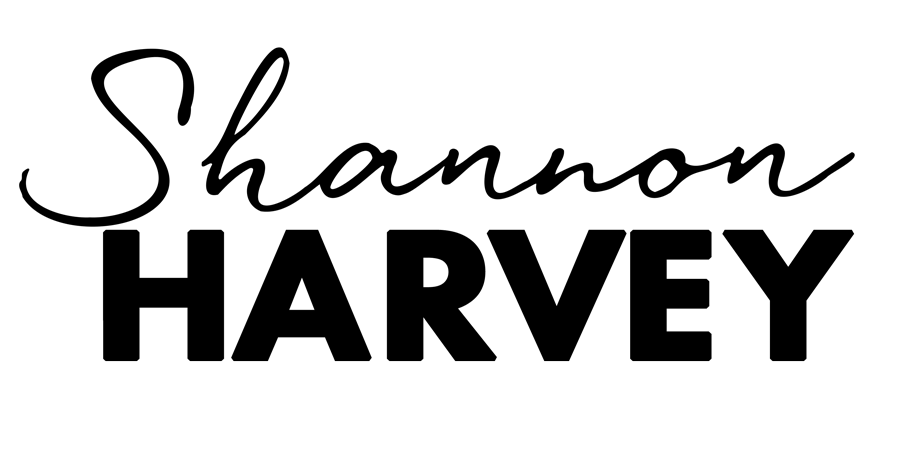
As a journalist who spends her time writing and researching about health, I have a major confession to make. I loathe exercise. I’ve read countless studies about its benefits and am well aware of its power to build bigger biceps, tone my tummy and tune my heart. But all this information has never been quite enough to overcome the fact that I find it very difficult to put exercise anywhere near the top of my priority list when there are people to be interviewed, a child to care for and friends to catch up with. When I was in my mid twenties I had to give away the grudging running habit I did have after I was diagnosed with an autoimmune disease. Arthritic joint and muscle pain alongside heavy fatigue was just too much of a barrier to motivate me to move my body. Pretty soon, lethargy set in and my health declined even further.
A lot has changed since then. On my journey to recovery I began looking at the latest science on the mind-body-health connection and part of that research led me to the new science of exercise. I was stunned to learn that a picture is starting to emerge and it depicts a scene very different from the calories-in/calories-out, fat-burning, weight-loss portrayal presented to me in school. In fact, the new science of exercise reveals that the mind-exercise connection is significant and that of all our body parts that can reap the benefits of a good workout, it may be our brain that gains the most.
It was Professor Carl Cotman and his team at the University of California-Irvine that blazed the trail for the study of the effects of exercise on our brain by showing that exercise triggers the production of a protein called brain derived neurotrophic factor, or BDNF. Described as brain fertilizer, BDNF is the essential ingredient that nurtures the development of new brain cells and the growth of existing ones. If you sprinkle BDNF on neurons in a Petri dish, they literally sprout branches. By studying BDNF scientists are starting to learn increasingly more about the way we learn, the way our brains age and of course, the cause and potential cure for brain related disorders like Alzheimer’s disease. Needless to say, BDNF has pharmaceutical companies investing gazillions of dollars in trying to work out how to put it in a bottle.
Cotman’s exercise-brain research laid the foundation for hundreds of studies that have now documented various beneficial effects of exercise on our brain. For example, exercise improves blood flow to your brain and in doing so gives it an oxygen boost, which feeds neural tissues and enhances your memory. One study found that even briefly exercising for 20 minutes facilitates information processing and memory functions. Exercise has also been shown to be effective in helping people with mild to moderate depression, with researchers showing this may be because it enables more cell growth in the hippocampus.
All this really hit home for me when I came across the remarkable story of two US gym teachers from Naperville Central High school in Illinois who significantly boosted the school’s academic success when they changed the student’s schedule to include physical activity before their classes started. The kids in the Naperville Phys Ed classes are not being graded by their ability to shoot balls through a basket or the speed at which they can run the mile. They’re being graded on reaching their ideal heart rate and achieving their personal best. They’re taught how to make fitness a life long skill. The result? The school reported that the kids nearly doubled their reading scores and math scores increased twenty fold. Researchers at the University of Illinois published papers on the program, and there is now mounting evidence showing a direct link between fitness and academic performance.
When I read about the kids at Naperville in John J Ratey’s book Spark: The Revolutionary New Science of Exercise and the Brain, it made me want to go back in time and do high school all over again. Sadly, while we are seeing new breakthroughs every day, scientists have yet to discover the ability to travel back in time, so for now, I’ll have to instead use the kids at Naperville as a source of inspiration for my adult life.
I got to a point in my own health journey where enough was enough and I knew I needed to start moving my body again despite the physical challenges that were getting in the way. I started with something I thought would go easy on my inflamed arthritic muscles and joints and joined a yoga studio. I started slowly and half-heartedly, but when I noticed the difference it was making I was encouraged and yoga is now a significant part of my routine.
Over the years my health has vastly improved and while my attitude to exercise has done a complete one eighty and I no longer truly see it as chore, I still find I sometimes need convincing to get out the door. My strategy is to make exercise super easy to do. I’ve joined a gym that has a bright airy studio with no classes scheduled in the afternoons which I can make use of so that I can’t use the ‘no space at home’ or ‘can’t get to a class’ excuse not to practice yoga. The gym has also meant I can exercise any time, any weather and if I’m busy, having a regular place to go makes it habitual rather than another decision that has to be made. I always listen to audio books or my favourite up beat music while I’m on an exercise machine, which I find means I look forward to the time.
Of all the little tricks I use, my favourite is to get up in the morning and put on my work out gear first thing if I don’t have work meetings that day. And while (as you’ll see in the video below) there are people who poke fun at those of us who wear ‘active wear’ all day long, it’s a trick that works, so I’m sticking to it. [embed]https://www.youtube.com/watch?v=CYRENWT8lz8[/embed]





 My Year of Living Mindfully (DVD)
My Year of Living Mindfully (DVD) The Connection (DOWNLOAD-TO-OWN)
The Connection (DOWNLOAD-TO-OWN) My Year Of Living Mindfully - Book
My Year Of Living Mindfully - Book




